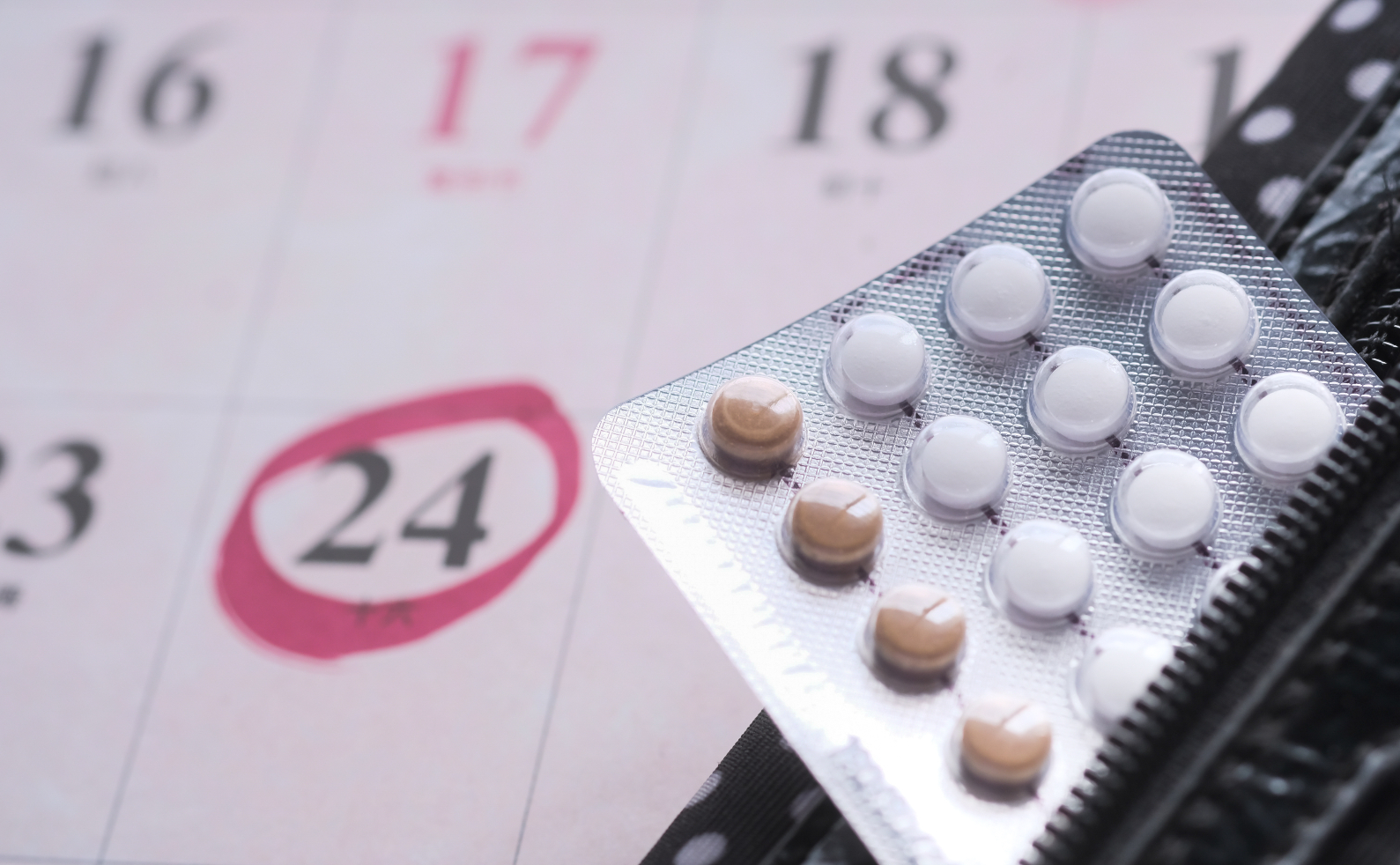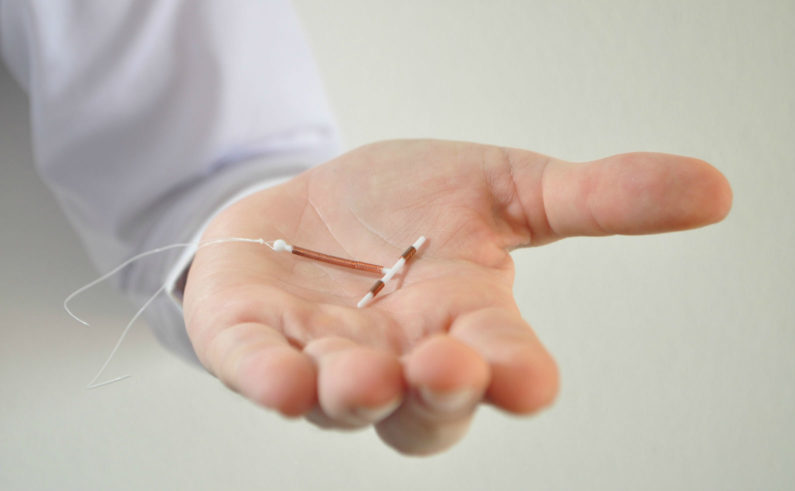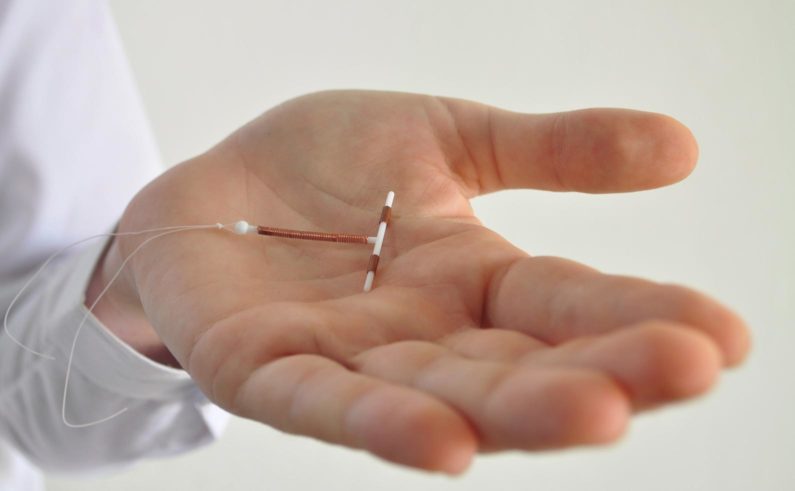In 1961, the FDA approved the use of female oral contraceptive pills (commonly known as birth control pills) and the world has never been the same. Currently there are well over 60 different birth control pills on the market and an estimated 12 million women in the United States using birth control pills. For most …
Continue Reading






